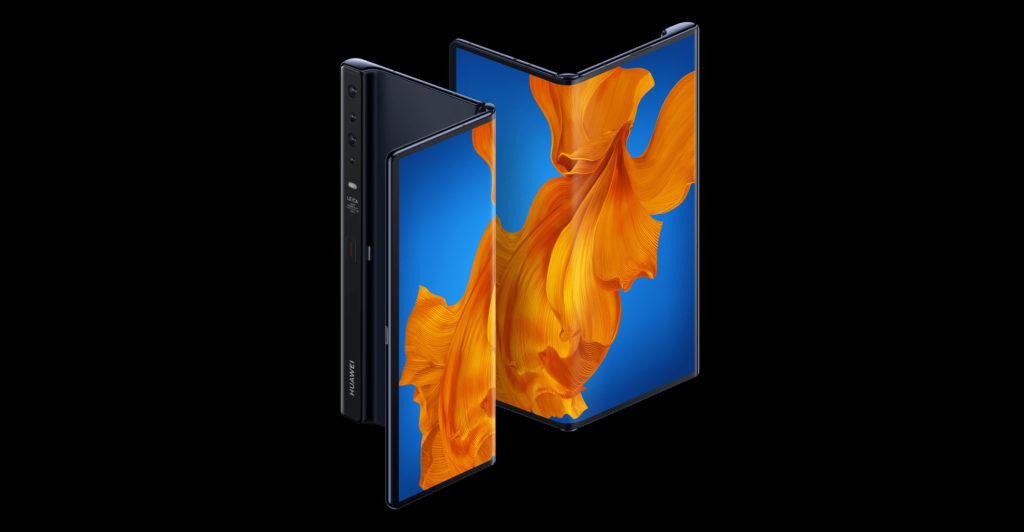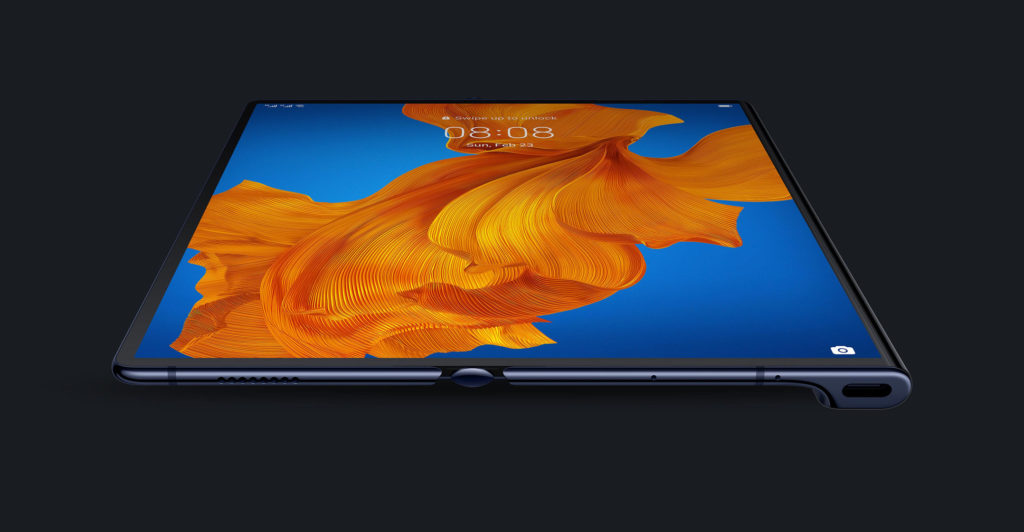 Huawei reaffirmed its bet that expensive folding smartphones will excite consumers into upgrades, and that Apple’s iPad Pro is a design worth imitating for a new line of tablet computers.
Huawei reaffirmed its bet that expensive folding smartphones will excite consumers into upgrades, and that Apple’s iPad Pro is a design worth imitating for a new line of tablet computers.
The Chinese company on Monday announced a second-generation version of its Mate X folding phone, which up to now has been sold mostly in its home country. This time Huawei’s bringing it to more markets, and said the product’s more durable than the first version and has a faster processor and 3D graphics.
When folded, the Mate Xs has a 6.6-inch display, which is just slightly larger than Apple’s iPhone 11 Pro Max. But when opened out, Huawei’s device becomes an 8-inch tablet computer. It has three rear-facing Leica-branded lenses, which double as selfie cameras when flipping the phone around in its folded form.
It’ll cost €2 499 when it goes on sale worldwide in March.
The market for smartphones is slowing, and manufacturers are trying to find new ways to convince consumers they should upgrade their devices. Bendable products are an increasingly popular strategy being tried out by some of the world’s biggest device makers.
Samsung has been selling a foldable smartphone for as many months as Huawei, and at the Consumer Electronics Show in Las Vegas in January, Lenovo showed off an updated prototype of a folding ThinkPad computer. The Motorola Razr brand is also due to make a comeback later this year, and it, too, will bend.
Huawei also showed off a new line of tablet computers — the MatePad Pro 5G — aimed at the same buyers of products like Apple’s iPad Pro. It’s not without its physical similarities, either.
M-Pencil
The MatePad Pro has a 10.8-inch display compared to the iPad’s 11 inches; it includes a stylus that, like the Apple Pencil, connects magnetically to the outer edge of the tablet for recharging, and is dubbed the Huawei M-Pencil. The bezel around the screen is slimmer than that of Apple’s, but uses the same rounded screen corners that differentiate the iPad Pro from its cheaper brethren.
At a briefing with reporters ahead of the launch on Monday, Huawei championed the MatePad Pro’s use of split-screen multitasking to run apps side-by-side and its optional magnetic keyboard case.
It does have innovations of its own, however. The tablet can mirror the display of certain Huawei smartphones if they’re nearby, letting you control the phone virtually — a bit like using a remote desktop app to use a PC from another computer. The tablet also has 5G wireless — something no iPhone or iPad offers yet — and it can be used to wirelessly charge other products, such as phones, headphones or computer mouses.
 Prices will start at €549 for a Wi-Fi-only version from April.
Prices will start at €549 for a Wi-Fi-only version from April.
However, due to the US government blacklisting Huawei — which it accuses of aiding Beijing in espionage — last year, the company’s new Mate Xs and MatePad run on versions of Android that’s free and open source, meaning they don’t have apps such as Google Maps, YouTube or the Google Play Store. Samsung’s Android-powered tablets do not suffer such restrictions.
Huawei’s been battling global scrutiny over its telecommunications equipment, but often overlooked is the company’s rapid growth as a smartphone manufacturer. In 2018, it surpassed Apple to become the world’s second largest maker of smartphones, according to data from market research firm IDC. — Reported by Nate Lanxon, (c) 2020 Bloomberg LP

